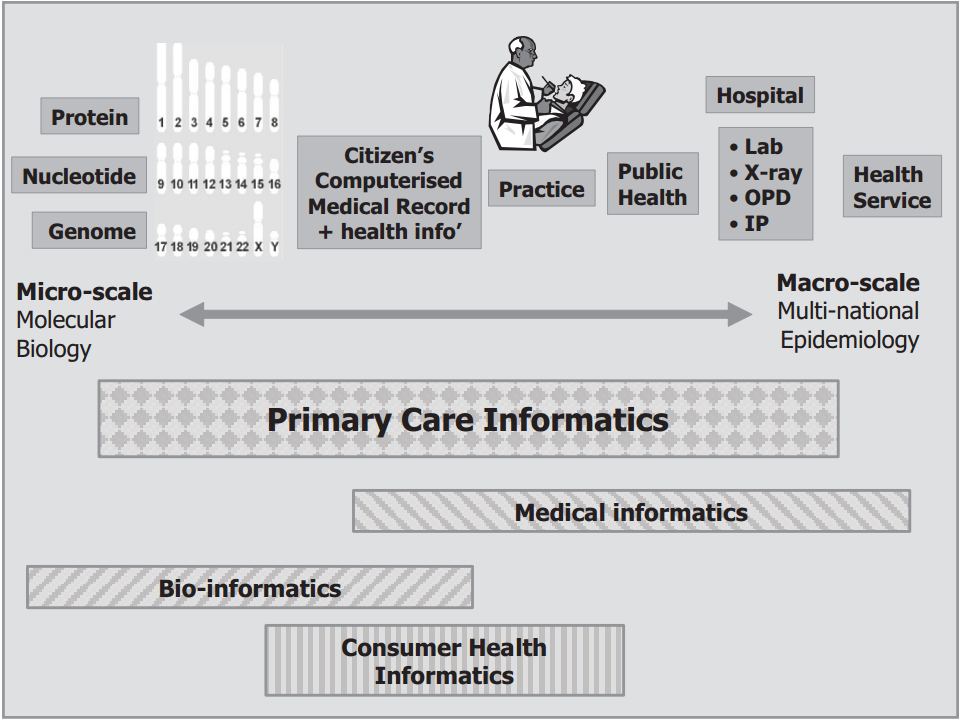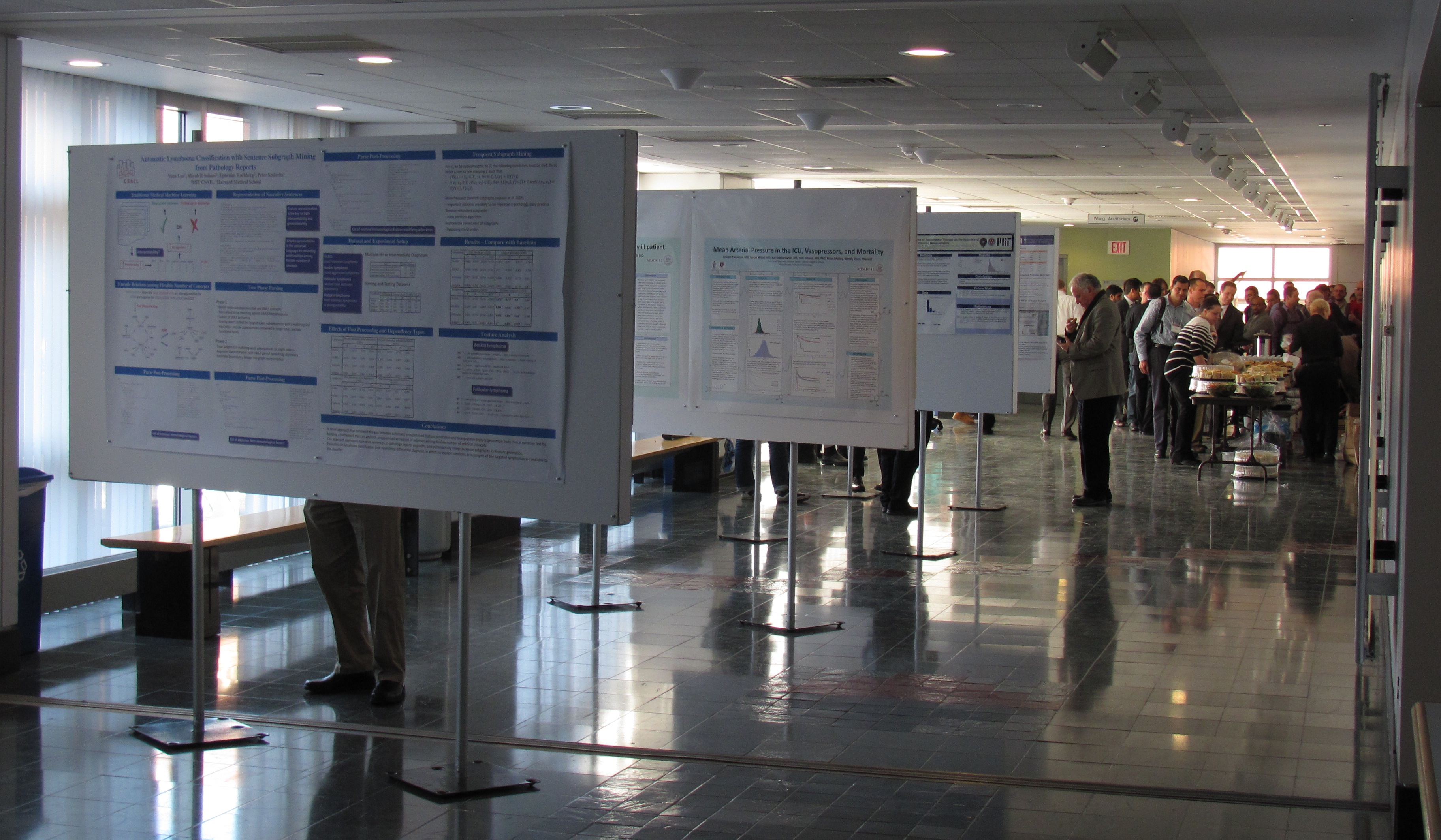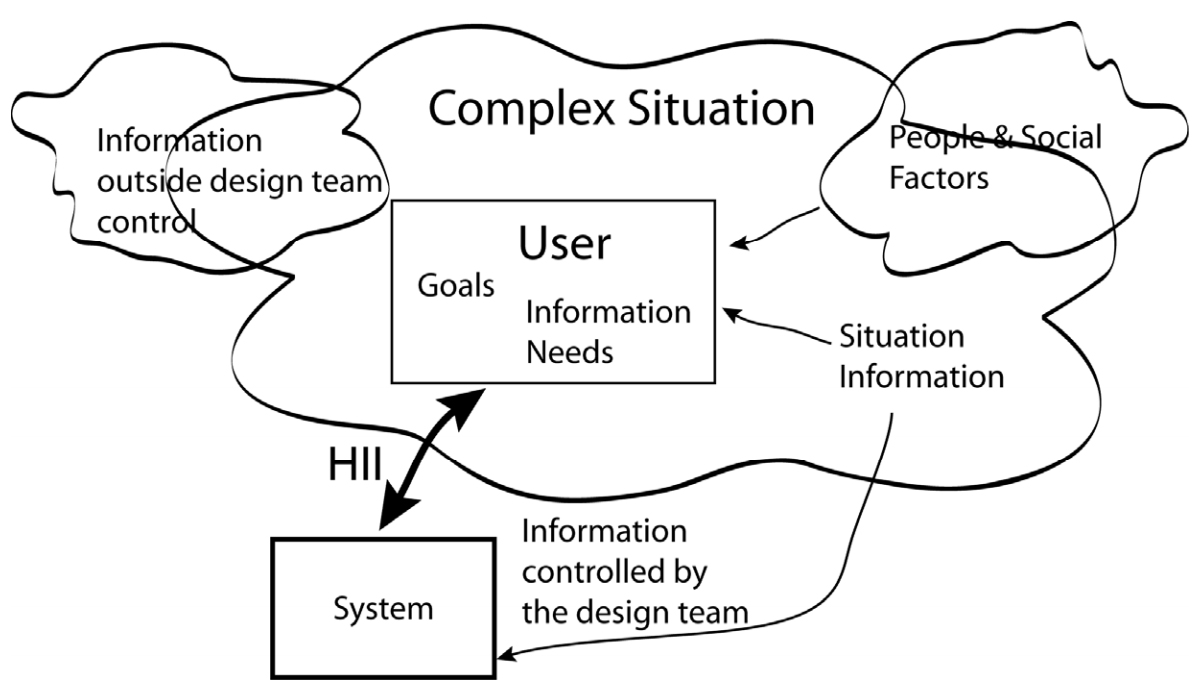Posted on August 14, 2015
By John Jones
Journal articles

David Barrett et al. look at the taxonomies related to the terms "informatics" and "health informatics" in this paper for
Informatics in Primary Care (today known as
Journal of Innovation in Health Informatics). The group concludes that an optimal agreed taxonomy "provides greater understanding and underpins future research that informs clinicians on how best to use technology to enhance the delivery of health care. "
Posted on August 14, 2015
By John Jones
Journal articles

In this article from Kathrin M. Cresswell and Aziz Sheikh of the University of Edinburgh, the duo asserts that sociotechnical evaluations — "the way technical and social dimensions change and shape each other over time" — are useful in evaluating health information technology. They conclude "that greater use of sociotechnical evaluations will help to understand key processes in the interrelationships between technology, people, and organisations."
Posted on August 14, 2015
By John Jones
Journal articles

For those interested in the financial side of electronic health record (EHR) adoption, Yeona Jang et al. presented their data collected from 17 primary care clinics using EHR systems in the open-access journal
JMIR Medical Informatics. They conclude simply "that primary care clinics can realize a positive [return on investment] with EHR."
Posted on August 14, 2015
By John Jones
Journal articles
Nadia Kobryn from Danylo Halytsky Lviv National Medical University takes a brief look at the English-based terminology associated with different aspects of medical informatics and how it differs across geographic regions. The article was originally published in the open-access journal
Comparative Professional Pedagogy.
Posted on August 14, 2015
By John Jones
Journal articles

Leo Anthony Celi et al. shared their insights from their MIT Critical Data Conference in 2014 in this article published in
JMIR Medical Informatics. They concluded that "[o]nly by understanding the potential biases of any analysis, and fostering a system of normative data sharing, will the medical community be able to gain reliable knowledge from data, and produce research findings that do not turn out to be false."
Posted on August 14, 2015
By John Jones
Journal articles

In this article for the journal
Informatics, Michael J. Albers of East Carolina University "considers how simple and complex information requires different design strategies and how those strategies differ." He concludes that understanding relationships within information is vital to creating a well-designed information management system, detailing six tasks a design team must consider in this regard.
Posted on August 14, 2015
By John Jones
Journal articles
In this open-access article from the journal electronic Journal of Health Informatics, Caroline Zieth et al. attempt to summarize 52 different papers on the evolution, use, and effects of personal health records. Their conclusion? "PHR systems that account for patient’s needs and skills can facilitate their adoption. Common barriers are avoidable when patients receive adequate guidance on useful features as well as technical support. When implemented effectively, PHRs can increase patient participation in health management, and improve patient-physician communication and health related decision making."
 David Barrett et al. look at the taxonomies related to the terms "informatics" and "health informatics" in this paper for Informatics in Primary Care (today known as Journal of Innovation in Health Informatics). The group concludes that an optimal agreed taxonomy "provides greater understanding and underpins future research that informs clinicians on how best to use technology to enhance the delivery of health care. "
David Barrett et al. look at the taxonomies related to the terms "informatics" and "health informatics" in this paper for Informatics in Primary Care (today known as Journal of Innovation in Health Informatics). The group concludes that an optimal agreed taxonomy "provides greater understanding and underpins future research that informs clinicians on how best to use technology to enhance the delivery of health care. "
 In this article from Kathrin M. Cresswell and Aziz Sheikh of the University of Edinburgh, the duo asserts that sociotechnical evaluations — "the way technical and social dimensions change and shape each other over time" — are useful in evaluating health information technology. They conclude "that greater use of sociotechnical evaluations will help to understand key processes in the interrelationships between technology, people, and organisations."
In this article from Kathrin M. Cresswell and Aziz Sheikh of the University of Edinburgh, the duo asserts that sociotechnical evaluations — "the way technical and social dimensions change and shape each other over time" — are useful in evaluating health information technology. They conclude "that greater use of sociotechnical evaluations will help to understand key processes in the interrelationships between technology, people, and organisations."
 For those interested in the financial side of electronic health record (EHR) adoption, Yeona Jang et al. presented their data collected from 17 primary care clinics using EHR systems in the open-access journal JMIR Medical Informatics. They conclude simply "that primary care clinics can realize a positive [return on investment] with EHR."
For those interested in the financial side of electronic health record (EHR) adoption, Yeona Jang et al. presented their data collected from 17 primary care clinics using EHR systems in the open-access journal JMIR Medical Informatics. They conclude simply "that primary care clinics can realize a positive [return on investment] with EHR."
 Leo Anthony Celi et al. shared their insights from their MIT Critical Data Conference in 2014 in this article published in JMIR Medical Informatics. They concluded that "[o]nly by understanding the potential biases of any analysis, and fostering a system of normative data sharing, will the medical community be able to gain reliable knowledge from data, and produce research findings that do not turn out to be false."
Leo Anthony Celi et al. shared their insights from their MIT Critical Data Conference in 2014 in this article published in JMIR Medical Informatics. They concluded that "[o]nly by understanding the potential biases of any analysis, and fostering a system of normative data sharing, will the medical community be able to gain reliable knowledge from data, and produce research findings that do not turn out to be false."
 In this article for the journal Informatics, Michael J. Albers of East Carolina University "considers how simple and complex information requires different design strategies and how those strategies differ." He concludes that understanding relationships within information is vital to creating a well-designed information management system, detailing six tasks a design team must consider in this regard.
In this article for the journal Informatics, Michael J. Albers of East Carolina University "considers how simple and complex information requires different design strategies and how those strategies differ." He concludes that understanding relationships within information is vital to creating a well-designed information management system, detailing six tasks a design team must consider in this regard.
















